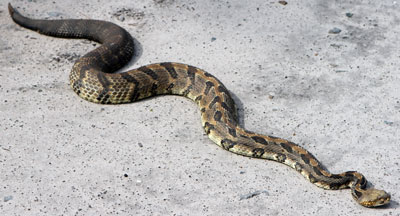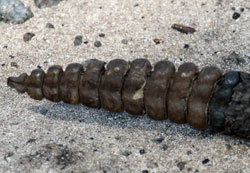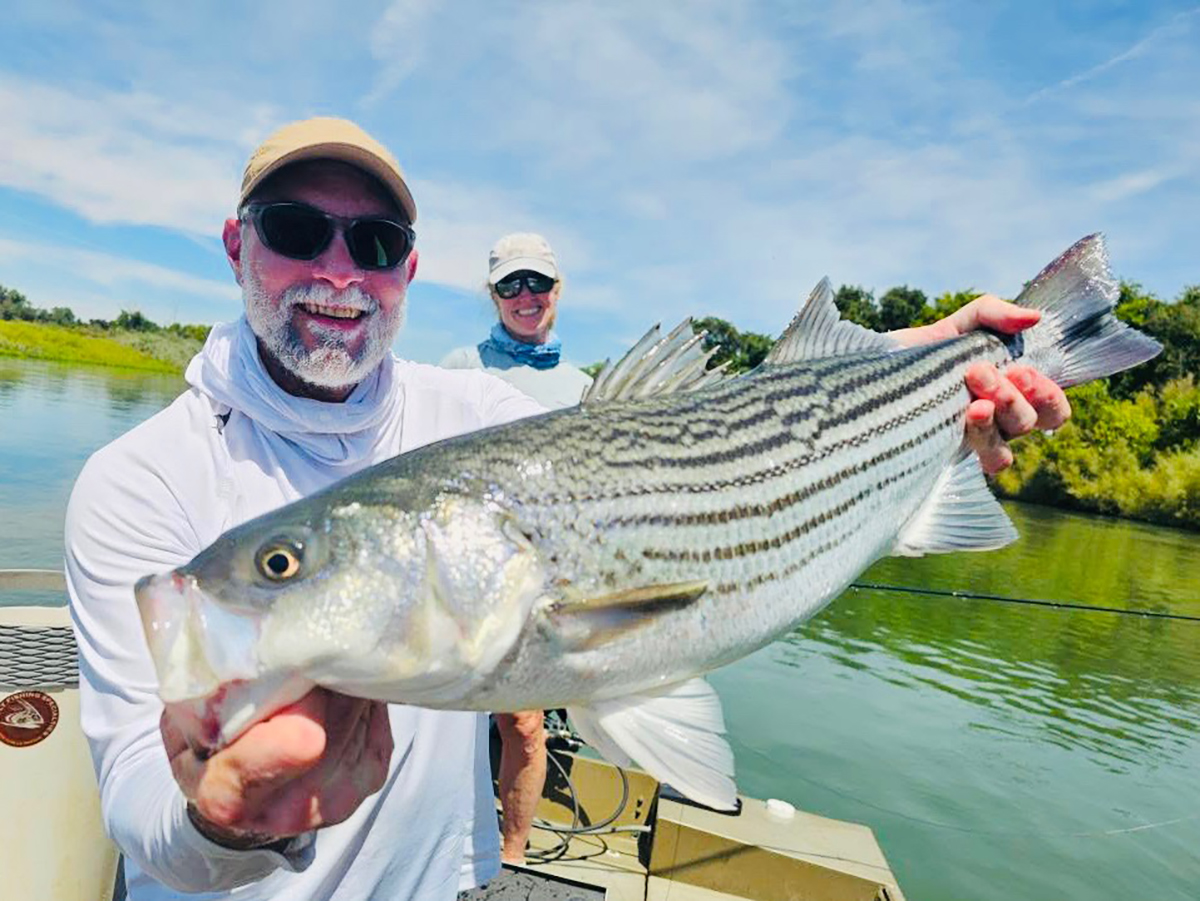A few weeks ago I found myself in the blue crab town of Belhaven where clear blue skies encouraged the local seafood vendors to market their fresh catch along the shoulders of the main road. The circumstances of my journey allowed about one and a half hours of free time before I needed to depart for home.
Belhaven lies along the shores of the Pungo River and is awfully close to one of my favorite nature havens, Pungo National Wildlife Refuge. Temptation got the best of me and I raced off to the refuge knowing that I would only have, at best, an hour in the refuge before I needed to attend to my other commitments.
Supporter Spotlight
 Timber rattlesnakes have a docile reputation, which is why they were the favorite of religious snake handlers. Photo: Sam Bland |
Road construction detours turned my bee-line to Pungo Lake into what felt like following the path of a drunken cow. This reduced my free time to about 45 minutes. Once in the refuge, I took quick glances, but pretty much ignored the bald eagles, white-tailed deer, nutria and a parade of butterflies as I headed straight to the north lake road to search for black bear.
Overhead, the blue skies were captured by dark, moody storm clouds that teased with the threat of rain that never materialized. I grabbed my raincoat anyway and headed out with a stiff wind nudging me down the path. Down the road a ways, I could see that a sturdy tree branch had been blown down and was stretched across the road. I had just walked past the branch when my mind processed that the branch must have just completed metamorphosis and it was now a long, thick snake. I must have done a pretty impressive snake scare sprint because when I looked back I was quite a ways down the path from the snake. I’m just glad I didn’t pull a muscle. I love snakes, but when I see one unexpectedly, fight or flight kicks in and flight always wins.
With my breathing under control, I walked back to observe this beautiful creature. True to its reputation, this timber rattler was docile and calm while keeping a watchful eye on my movements as its forked tongue flicked about trying to pick up my scent. A timber rattler is reluctant to bite or even use its rattle. When provoked, however, it will defend itself. This demeanor is why it became the symbol of the American Revolution. Due to its calm disposition and hesitation to bite, the timber rattler became a favorite of religious snake handlers intent on following the directions set forth in Mark 16:17-18: “They shall take up serpents.”
The coastal pocosin landscape surrounding Pungo Lake is perfect habitat for the timber rattlesnake to prey on small mammals. They will find chemical clues left behind by animals to select an ambush site where they will lay-in-wait. Specially adapted with a sixth sense, pit vipers utilize temperature sensitive organs located behind their nostrils. This snake can detect prey and strike out like a heat-seeking missile in total darkness. Their long fangs will inject toxic venom that will immobilize the prey.
 The snake flicks its tongue to pick up Sam’s scent. |
 Its rattle, nature best early-warning signal, is made of keratin, the same as our hair and fingernails. Photos: Sam Bland |
Timber rattlers are known to have geographic variations in the composition of their venom. Four different venom types are found throughout their range. One venom is a neurotoxin that effects circulation and respiratory functions, another is a hemotoxin that destroys tissue and causes internal bleeding, a third is a combination of the two and the fourth is a weak version without compounds found in the other venom types.
Supporter Spotlight
Annoyed with my presence, the timber rattler finally half-heartedly presented a weak rattle as a signal for me to back off. Respectfully, I did. It began to lazily undulate its body and slide into some tall grass where its cryptic camouflage made it seem to disappear. It was now completely in its element and my attempt to get one last close look was greeted with a rattle that sounded like a group of grade school kids with brand new maracas in music class. Dancing at 50 beats per second, the rattle did its job and I backed off into the next county.
The rattle is made up of keratin, same as our hair and fingernails, and is comprised of numerous hollow segments. Each time the snake sheds its skin a new segment is added to create one of nature’s most effective early-warning systems.
As I continued to watch, the last I saw of the snake was its erect rattle slaloming through the tall grass before it vanished. I checked the time and couldn’t believe that my forty five minutes had already expired.
And yes, I did see what I came here for, one last fortuitous glance down the north lake road, a black bear ambling casually along.







